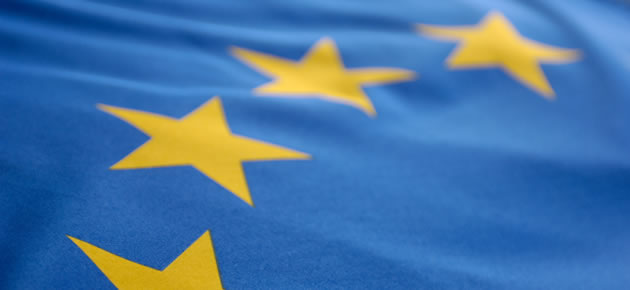The Euro to Australian Dollar exchange rate was buoyant on Wednesday as the ‘Aussie’ came under pressure from a variety of factors and eased lower against several of its most traded currency counterparts.
The Australian Dollar faltered as the nation’s AiG performance of services index dropped even lower last month, falling to 45.9 from 46.2.
Less-than-impressive domestic retail sales figures also took a toll.
Although a month-on-month retail sales increase of 0.4 per cent had been expected, sales only rose by 0.1 per cent in March.
On the quarter sales were up 1.2 per cent rather than the 1.6 per cent envisaged. Although household good sales and expenditure at restaurants increased, spending on clothing and footwear declined.
Disappointing data from China also weighed on the Australian Dollar overnight.
Unlike China’s manufacturing PMI, the nation’s services gauge remained in expansion territory in April, producing a reading of 51.4.
However, this was down from 51.9 the previous month and isn’t a strong enough result to offset the pressure on the manufacturing sector.
In a statement issued with the Chinese data, an economist with HSBC observed; ‘Disinflationary pressures became more evident as the input prices index eased to the weakest in ten months and the prices charged index contracted. […] Both the new and outstanding business sub-indices remained stable, but the business expectation index fell to a seven-month low of 60.7 […] We think that the economy will continue on a modest path of expansion over the next few months’.
Meanwhile the Euro was holding steady against its peers ahead of the European Central Bank’s rate decision.
Given that last week’s report confirmed a modest increase in consumer price inflation in the 18-nation currency bloc, investors expect the ECB to leave policy unaltered tomorrow – a fact which is supporting the Euro.
The Euro to AUD exchange rate remained trading higher during the European session even as German factory orders and construction PMI data failed to meet forecasts.
German factory orders showed an unexpected decline of 2.8 per cent in March, month-on-month, while the nation’s Markit construction PMI slid from 52.5 to 49.7 in April, below the 50 mark dividing expansion from contraction. This result brought 11 months of growth in the German construction sector to an end.
The rate of job creation in the construction sector eased to a six-month low.
In the view of Markit economist Oliver Kolodseike; ‘April’s construction PMI results cast a shadow on the robustness of Germany’s economic recovery following strong manufacturing and services data. Total construction activity declined for the first time in one year, as work on civil engineering and residential building projects fell’.
However, Kolodseike did highlight that the increase in workforce numbers indicates that the construction sector could experience a rebound in the months ahead.
Euro movement was limited after the reports were published.
While EUR/AUD movement could occur overnight in reaction to Australia’s employment report, investors will also be focusing on tomorrow’s ECB rate decision.
Euro (EUR) Exchange Rates
[table width=”100%” colwidth=”50|50|50|50|50″ colalign=”left|left|left|left|left”]
Currency, ,Currency,Rate ,
Euro, ,US Dollar,1.3911,
,US Dollar,1.3911,
Euro, ,British Pound,0.8198,
,British Pound,0.8198,
Euro, ,Australian Dollar,1.4910,
,Australian Dollar,1.4910,
Euro, ,New Zealand Dollar,1.6017,
,New Zealand Dollar,1.6017,
Euro, ,Canadian Dollar,1.5140,
,Canadian Dollar,1.5140,
[/table]



